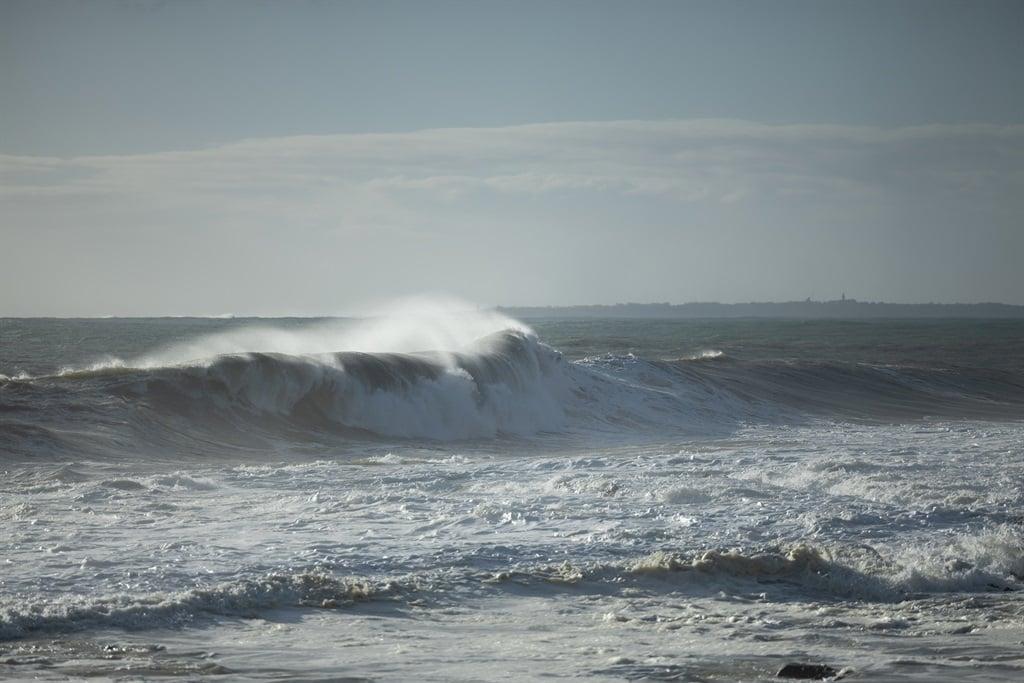Africa-Press – South-Africa. Waves as high as 9.5 metres were seen across more than half of the South African coastline over the weekend, according to reports from the South African Weather Service (SAWS).
“Gale-force winds, high swells and a spring tide (higher-than-normal tide) occurred at exactly the same time, causing a significant increase in water levels along the coast,” the SAWS said.
“Maximum observed wave heights were in the order of 9.5 metres along the south coast, while the east coast reported wave heights of five to 7 metres.”
Winds over 100km/h were reported offshore, predominantly along the Eastern Cape coast.
Spring tide occurs around every two weeks during the new and full moon, causing high tides to be slightly higher than usual.
The SAWS said:
It added that storm surges can often be confused with high waves but are distinct phenomena.
“Storm surge is calculated as the difference between the expected (astronomical) tide and the actual water level (including the effects of weather). Strong onshore winds and waves can further increase water levels at the coast. When these waves occur during high tide or spring tide, they can exacerbate the impact on the coastline. Therefore, storm surges can be severe and cause widespread impacts, but can also have little or no impacts when it coincides with a low tide,” the SAWS said.
“Storm surges could result in impacts such as flooding of low-lying areas, being swept away from the beach, loss of life, modification of beaches, coastal inundation, estuary flooding, damage to infrastructure and disruption to coastal activities.”
News24 previously reported that the storm surge led to a woman’s death in Wilderness in the Western Cape, when a wave crashed into a car park and swept her off her feet.
The Garden Route was among the worst-affected areas, with numerous beaches closed as the province attempted to assess and repair damage to infrastructure.
According to the SAWS, the Western Cape’s winter weather is not over. On Tuesday, a cold front will approach the southwestern Cape, leading to showers and rain. A warning for waves resulting in navigation difficulty at sea can be expected between Cape Point and Struisbaai.
“Winter is not yet over in the Western Cape. While residents have been looking forward to a spring season, the province has continued to experience cold, wet and windy conditions from a series of cold fronts moving through the area,” the SAWS said.
For More News And Analysis About South-Africa Follow Africa-Press






